Annecy Residency 2024: Post-Impressionist Coming-of-Age, VR Boosted War Drama, and Mexican Fantasy Noir
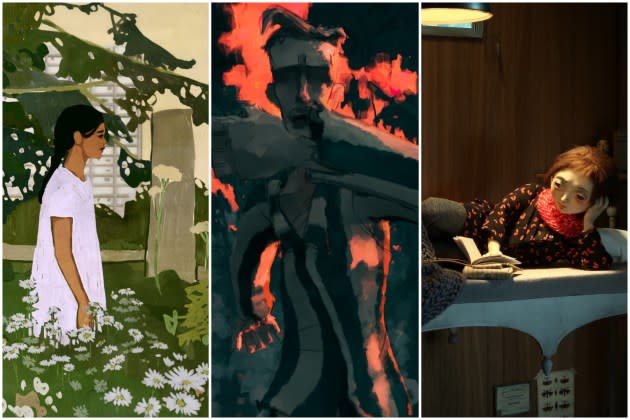
Now wrapping its fourth edition, the Annecy Animation Festival’s artistic residency program shepherds selected titles on a development odyssey, hosting filmmakers for a three-month stint at Annecy’s Papeteries Image Factory for tailored, individual mentoring sessions related to screenwriting and graphic development.
The program offers those most precious gifts all – time to explore and grounds to experiment.
More from Variety
Spanish Animation Embraces International Co-Production, Under One Condition: 'Passion Is Mandatory'
Adult Swim President Michael Ouweleen Pushes International Expansion (EXCLUSIVE)
Once done, the filmmakers can bring their projects to market, while the festival never lets past laureates fall too far out of sight. A graduate of the residency’s inaugural edition in 2021, director Upamanyu Bhattacharyya later brought his feature “Heirloom” to Annecy’s Cannes showcase in 2023 and will launch production this very month.
“We hope the film will be advanced enough for a WIP screening next year,” says Annecy Residency coordinator Géraldine Baché. “And then, of course, for a festival premiere in 2027!”
There are the three new titles Annecy hopes to accompany in a similar manner in the years to come.
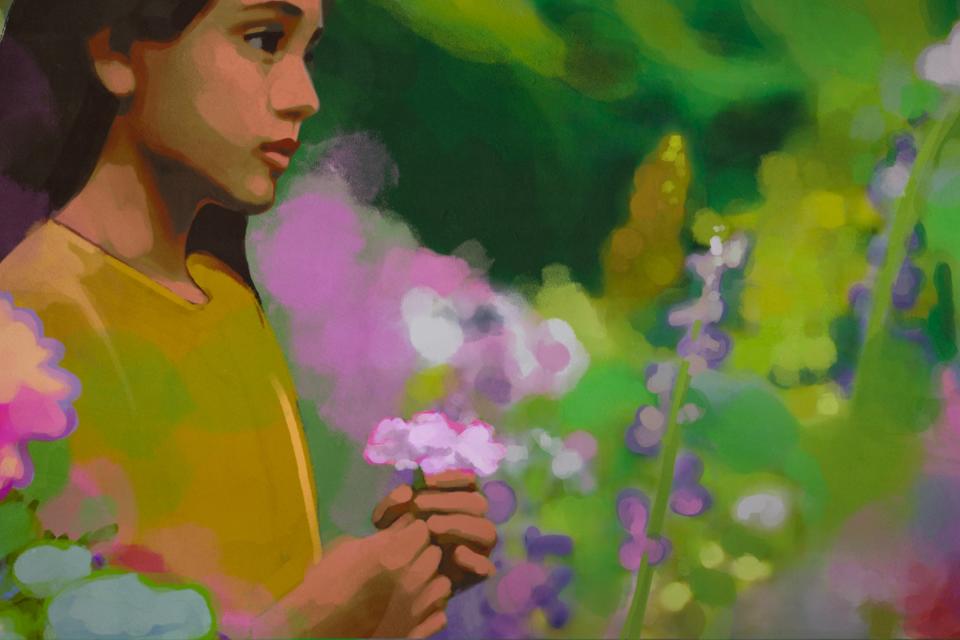
“Le Cabanon de l’oncle Jo”
Adapted from a children’s novel by Brigitte Smadja, “Le cabanon de l’oncle Jo” (“Uncle Jo’s Cabin”) follows a 9-year-old émigré slowly rebuilding her life in the outskirts of Paris. Living in cramped quarters of a low-income high-rise after fleeing the 1960s uprisings in Tunisia, young Lily starts a project of urban renewal, planting a garden in an abandoned courtyard to bring her new surroundings the colors of the world she left behind.
Painting frame by frame on top of rotoscoped footage, the filmmakers took equal inspiration from the 19th-century post-impressionism of Paul Gauguin and Félix Vallotton as from the more direct representations of Edward Hopper and Fairfield Porter.
“Because this story is very socially rooted, we had a strong desire for realism,” says art director and graphic designer Marie Deboissy, who represented the project at the residency. “But we also needed room for magic and poetry, especially as this lush and vibrant garden begins to bloom.”
At the residency, Deboissy worked with fellow oil painter Patrice Suau (“Calamity, a Childhood of Martha Jane Cannary”) to bring color and cohesion to the film’s diverse graphic influences. Deboissy will next begin storyboarding with the film’s directors, Maud Garnier and Marc Robinet, and together the trio would like to begin shooting the live-action footage as quickly as possible.
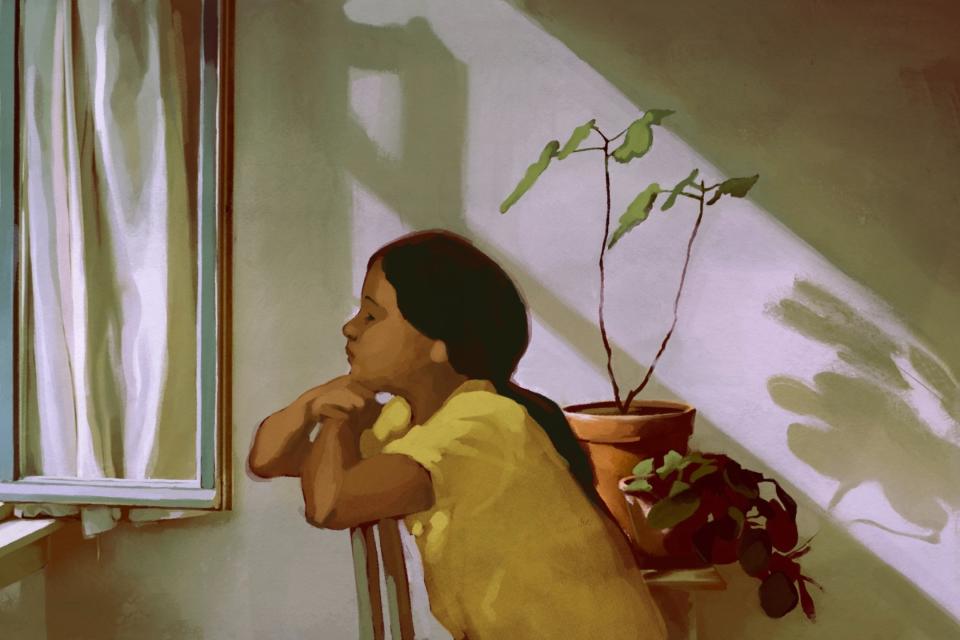
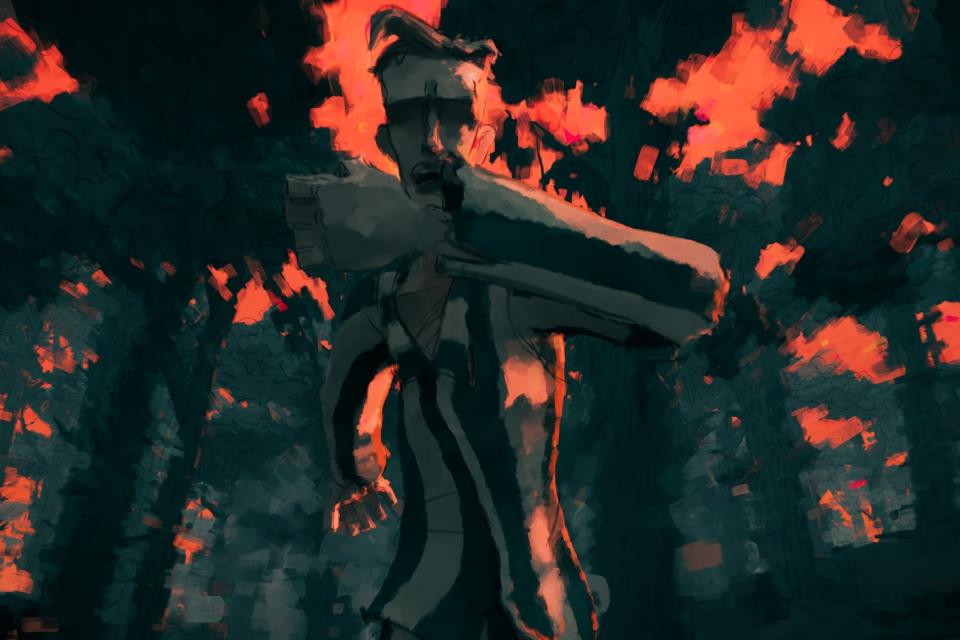
“Zako”
Filmmaker Tigran Arakelyan brings modern techniques to his World War II tale, using VR tool Quill to explore the life of Soviet-Armenian painter Sargis Mangasaryan. “This is a technique we need for animation,” he says, believing his project to be the first non-VR feature developed with this tool. “It gives us new opportunities to play with cameras and sets. It can help clean up our pipelines all while putting us inside the very same environment as our characters.”
As it tracks a young man from an Armenian village to the Eastern Front to a German POW camp where Mangasaryan used his artistic talent in order to survive, the biopic will boast a graphic aesthetic pulling from 2D, 3D and stop-motion. “Visually, this feels very original,” says Arakelyan. “Because you work with 3D when using VR software, and we want to mix that with 2D techniques.”
Working with script mentor Vanessa Chenaie, the filmmaker mined his story for universal resonance; then, with Laika alum Graham Annable, Arakelyan began storyboarding key sequences. “It’s always important to find harmony between storytelling and technique,” he says. “The project already has a distinct style, and our use of innovative technology will make the film come alive, offering audiences something very unique.”
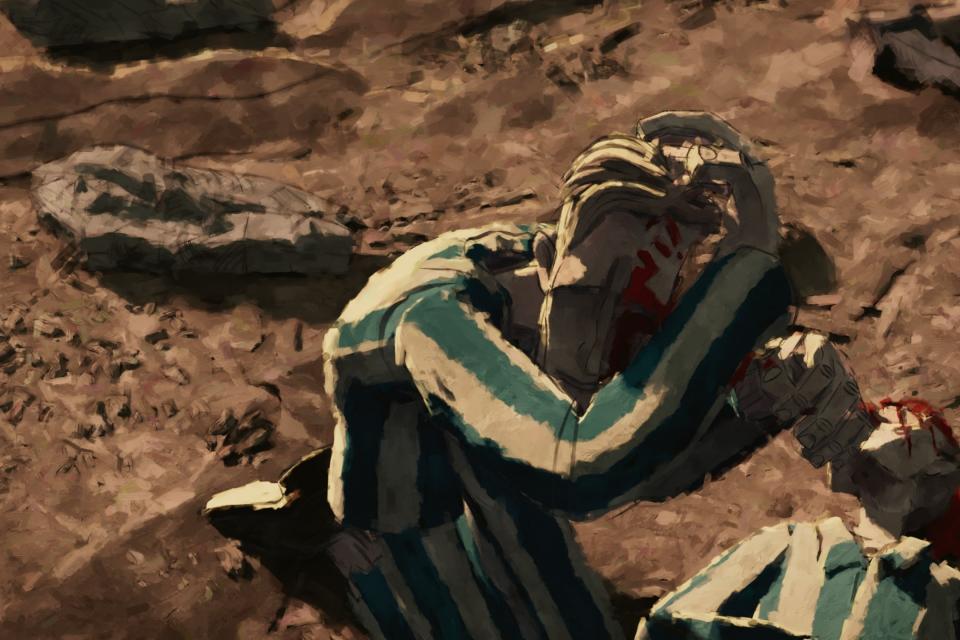
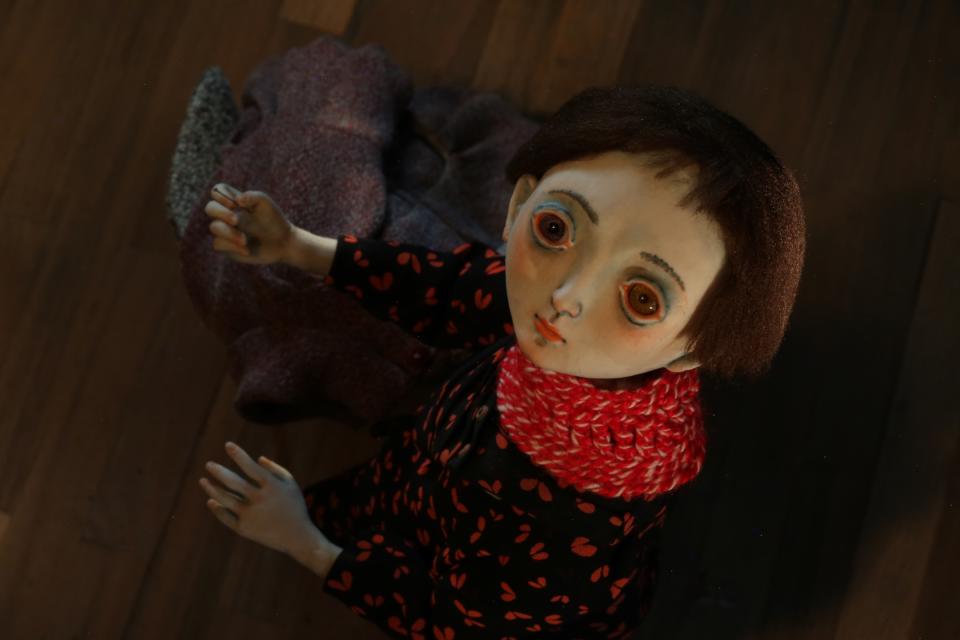
“Insectarium”
A fantasy noir set in a squalid metropolis where insects have gone extinct, “Insectarium” imagines the fallout when a young girl discovers the last living moth. The project returns to the aesthetic universe director Sofía Carrillo developed for her award-winning short “Cerulia,” using stylish, puppet-based stop-motion to cast a somber pall. “Insects pollinate 75% of our planet,” Carillo says. “So just imagine how dark and stinky and extremely not-green a world without them would be.”
The filmmaker describes her project as an homage to Polish entomologist-turned-stop-motion pioneer Władysław Starewicz that doubles as both an ecological parable and a rip roaring yarn, rife with mystery and police intrigue. Building on her established style, Carrillo looked to insectile shapes and shades to lend “Insectarium” a distinct texture.
The singular project received mentorship from two alums of “My Life as a Zucchini,” with Céline Sciamma consulting on scriptwriting and animation director Kim Keukeleire helping with graphic development. While at the residency and then over the course of this year’s festival, Carrillo also sought pragmatic advice on all matters of logistical concerns. “We had to make sure this production would be feasible,” says the filmmaker, pointing to Adam Elliot’s “Memoir of a Snail” as a very recent source of inspiration.
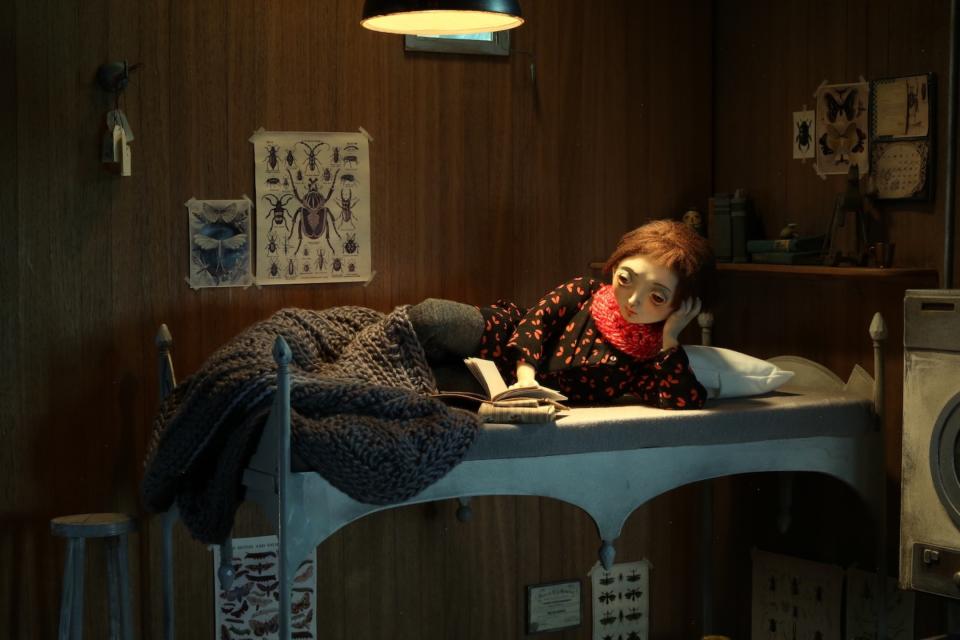
Best of Variety
Sign up for Variety’s Newsletter. For the latest news, follow us on Facebook, Twitter, and Instagram.


